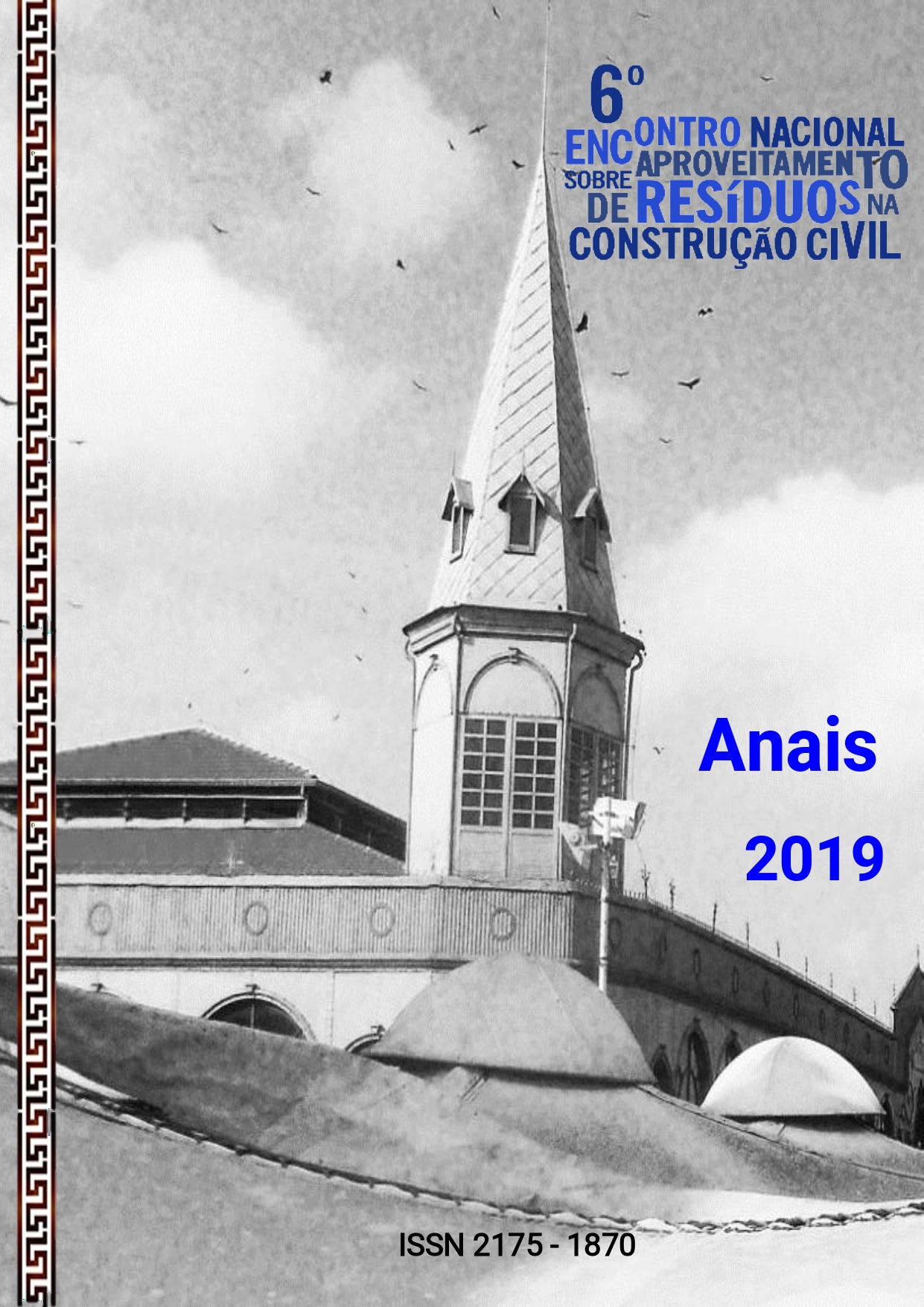PERMEABILITY AND MICROSCOPY OF CONCRETE WITH MARBLE AND GRANITE CUTTING WASTE AS FILLER
Keywords:
marble and granite cutting waste, filler, permeabilityAbstract
The high fineness and filler effect in the marble and granite cutting waste (MGCW) from ornamental stone companies have great potential to be used as mineral additions in substitution of cement, as far as filling the interfacial transition zone (ITZ) of the concrete and mortars. Intrinsic properties of concrete such as permeability are directly influenced by porosity in the ITZ of the cementitious matrix and the aggregate. In current technologies, this void is filled by mineral additions (fillers) in order to obtain the optimization of these properties. The research hypothesis is based on the substitution of cement by the residue (MGCW) in order to reach the micropore densification of the concrete and consequently to decrease its permeability. For this, the present work characterized the residue by means of granulometric analyzes (mineral diffraction), mineralogical (XRD), chemical (FRX) and morphological (SEM) and varied in the contents of 5% and 10% replacing the cement for the ages of 28 and 90 days. As variables were the capillary absorption and immersion tests and microscopic analysis through the SEM. The results showed that there was a lower absorption rate and lower void index with the concrete using a 5% substitution.

